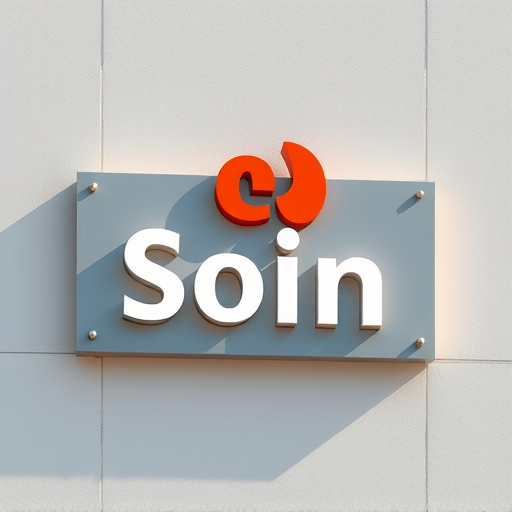Promotional financing campaigns boost sales and attract customers, requiring precise ROI measurement to understand consumer behavior. By tracking financing costs vs. promotional revenue, customer acquisition & retention rates, businesses gain insights for sustainable growth. Defining KPIs like sales growth, CAC, and conversion rates is vital, especially in industries like premium automotive services. Accurately assessing ROI through real-time analytics and considering long-term impacts drives successful promotional financing strategies.
In today’s competitive market, promotional financing can significantly drive sales and brand awareness. However, accurately measuring the return on investment (ROI) from these campaigns is crucial for strategic decision-making. This article guides you through understanding the impact of promotional financing, defining key performance indicators (KPIs), and tracking ROI with precision. By implementing these strategies, businesses can optimize their promotional efforts and maximize financial gains. Discover how to turn promotions into profitable ventures using effective measuring techniques focused on promotional financing.
- Understanding Promotional Financing's Impact
- Defining Key Performance Indicators for ROI
- Accurately Calculating and Tracking Returns
Understanding Promotional Financing's Impact

Promotional financing campaigns have become a powerful tool for businesses to boost sales and attract new customers. However, accurately measuring the return on investment (ROI) from these initiatives is essential to understand their true impact. By analyzing the effects of promotional financing, businesses can gain valuable insights into customer behavior and market trends. For instance, offering vehicle protection or UV protection through promotional financing in the automotive industry can lead to increased sales of vehicle wraps, as customers are incentivized to protect their investments.
Tracking the success of these campaigns involves comparing the cost of financing with the revenue generated from targeted promotions. Businesses should consider factors like customer acquisition costs, retention rates, and the long-term value of repeat business. Effective measurement strategies ensure that promotional financing is not just a short-term boost but a sustainable strategy for growth. This data-driven approach allows companies to make informed decisions, optimize their marketing efforts, and maximize the benefits of promotional financing campaigns.
Defining Key Performance Indicators for ROI

Measuring the return on investment (ROI) from promotional financing campaigns requires a clear definition of Key Performance Indicators (KPIs). These KPIs should align with the campaign’s objectives and provide a holistic view of the campaign’s success. For promotional financing campaigns, KPIs might include sales growth, customer acquisition cost (CAC), and conversion rates. Tracking these metrics helps in understanding how effectively promotional offers are driving sales, especially in sectors like premium automotive services.
For instance, if a financing campaign aims to boost sales of premium vehicles with scratch protection and heat rejection features, KPIs could measure the increase in such sales, customer satisfaction rates related to the financing process, and the overall improvement in brand perception. By setting these specific KPIs, businesses can accurately assess the impact of promotional financing campaigns, making data-driven decisions for future strategies.
Accurately Calculating and Tracking Returns

Accurately calculating and tracking returns from promotional financing campaigns is paramount to understanding their true impact. Begin by defining clear metrics that align with your promotional goals, whether it’s increased sales, improved customer retention, or expanded market reach. These metrics should be specific, measurable, achievable, relevant, and time-bound (SMART). For instance, if you’re offering promotional financing for a new product launch, track not just the number of units sold but also the average order value and customer acquisition cost.
Monitor these metrics throughout the campaign using robust data analytics tools that can provide real-time insights. This includes attributing sales generated from promoted offers to specific marketing channels and campaigns, ensuring no credit is given where it isn’t due. Additionally, consider the long-term effects of promotional financing on customer behavior, such as repeat purchases or referrals, which can be just as valuable as immediate sales. High-quality finishes like ceramic coating or paint protection film, often included in these campaigns, can enhance customer satisfaction and loyalty, ultimately driving ROI over time.
By defining clear key performance indicators (KPIs) and implementing accurate tracking methods, businesses can effectively measure the return on investment (ROI) from promotional financing campaigns. Understanding the impact of promotional financing and adopting robust calculation strategies ensure that every dollar spent contributes to substantial growth. In today’s competitive market, mastering these techniques is a game-changer for any organization seeking to optimize its financial strategies and stay ahead.














